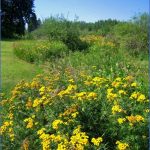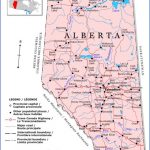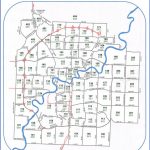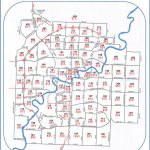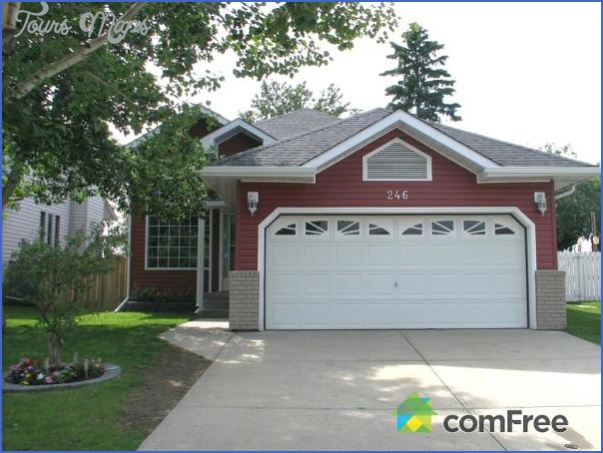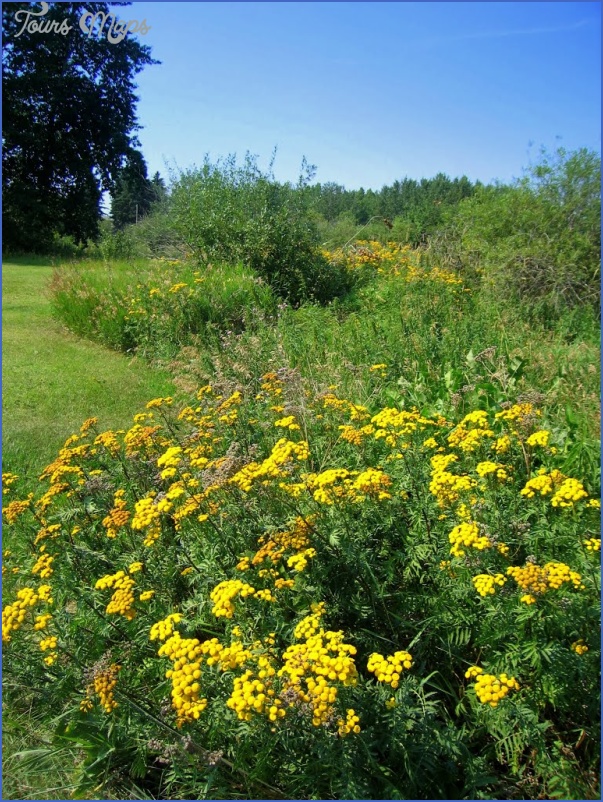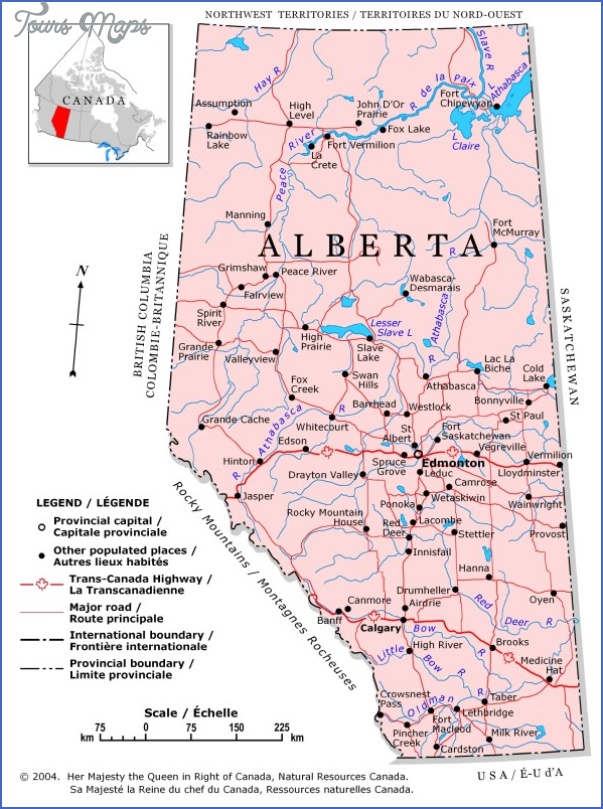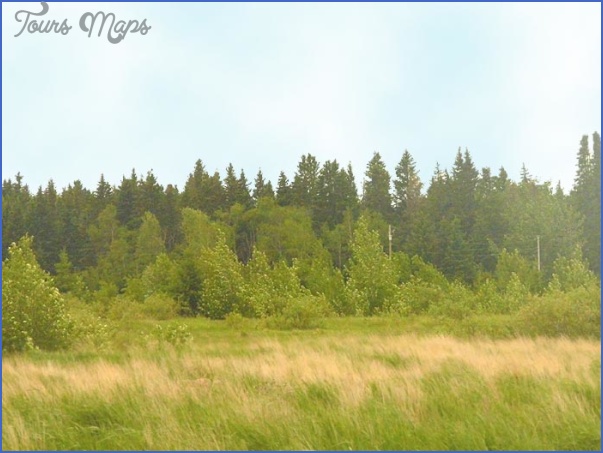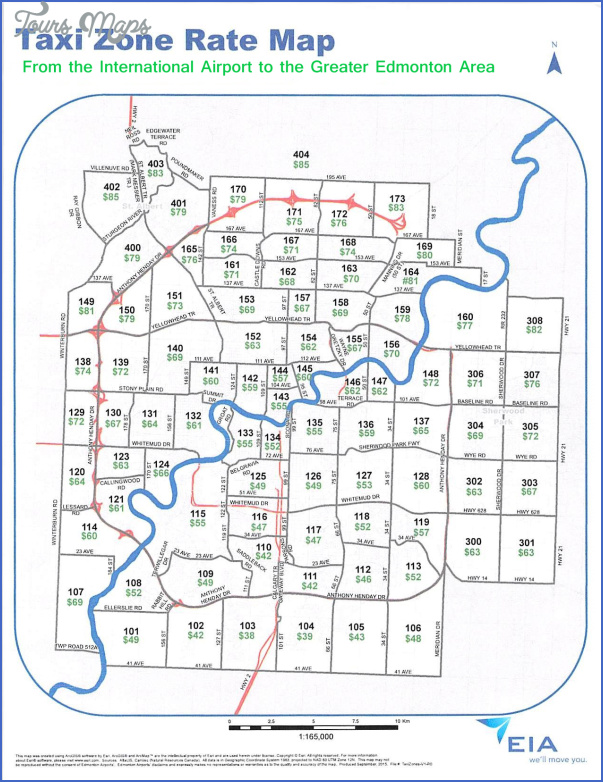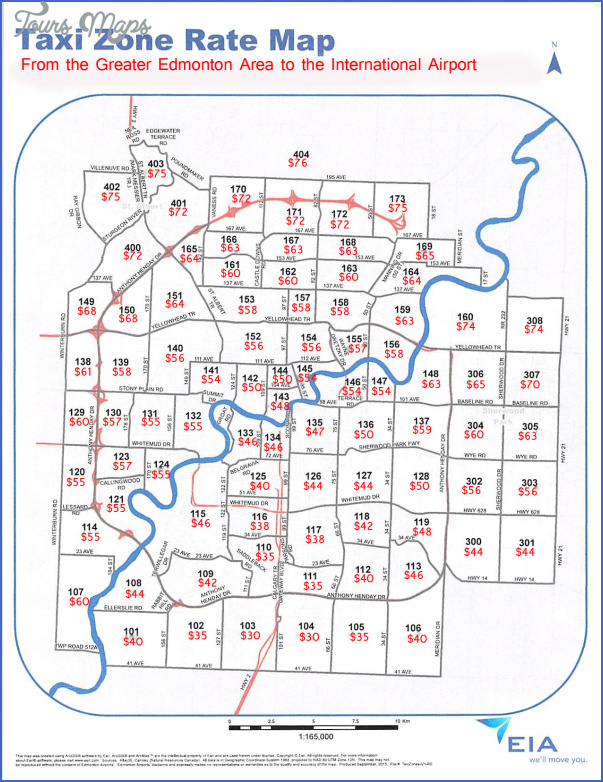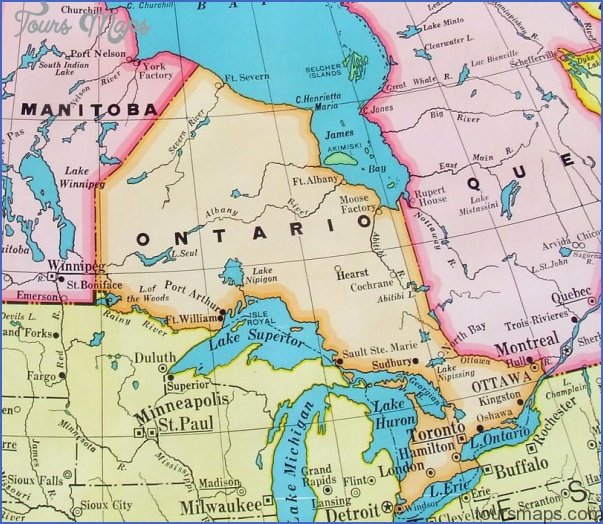MILLET MAP EDMONTON
Directions: Exit Edmonton on Hwy 2 (south); take exit S16 to reach Hwy 2A toward Wetaskiwin, which becomes Hwy 616 into Millet.
Distance: 54 km, or about 48 minutes, from Edmonton.
Info: 780-387-4554; www.millet.ca.
Millet calls itself Alberta’s prettiest little towna reasonable claim, considering the town is centred on a 26-hectare park system. Check out the Pipestone Creek Park with paved and lit pathways, trails, and the 24.6-by-14.4-metre Splash Pad at 4904-52nd Street.
The community was named in 1891 when Canadian Pacific Railway president Sir William Van Horne asked Father Lacombe to name the stations north of Lacombe on the new Calgary-Edmonton line. The missionary named the town after August Millet, his canoeman and one of his travelling companions.
The Millet walking tour passes a number of murals and historical points, some with plaques that detail the site’s significance. You can pick up a walking tour brochure at the starting pointthe Millet and District Museum, Archives, and Visitor Information Centre. Walking the entire route takes about 1.5 hours. Other than Pipestone Creek Park’s gentle hills, most of the tour follows flat terrain on sidewalks or paved paths; however, the walk does follow some shale pathways. You can reach main tour sections by vehicle. Low areas of the Pipestone Trail may be flooded after heavy rain.
There are a number of places to enjoy a picnic, including the gazebo at the Millet Memory Rose Garden (Highway 2A and 51st Avenue). The garden contains myriad rose species and colours; each plant has been purchased in memory of a loved one. The 2.4-hectare William Leonard Gray Park on Diamond Drive has playground equipment. The Burn’s Creamery Garden is a heritage site with a plaque that tells the story of the creamery and its garden (situated along Highway 2A between 51st and 53rd Avenues).
Along Highway 2A and 53rd Avenue, Millet’s north end is home to the Bell Kiosk Garden, which contains the town’s first school bell. Discover the story of the school and see a mural of the school’s interior while enjoying the scent and beauty of flowers and shrubs surrounded by grassy areas and tall trees. You will find a park bench and picnic table there. The Railway Station Garden (Highway 2A, on the east side of a truck parking area, and 49th Avenue) marks the original Canadian Pacific Railway
Station location in Millet. A sign tells the story of the railway between Edmonton and Calgary, while the shrub garden enhances the spot with its colourful plant display. The Irish Garden (5148-50th Avenue) honours Millet’s international partnership with Waringstown, Northern Ireland. Its shamrock design includes a rainbow-shaped planter in the centre, with a pot of gold (marigolds) at the base. The Trans Canada Trail/Legacy Garden is located on Highway 2A, where the trail crosses the railway. The V-shaped garden contains two cedar-lattice arched seats, shrubs, and perennials. The garden was established to celebrate two circumstances: Millet’s Communities in Bloom partnership with Audley, England, and the occasion when cyclists carried a bottle of water through Millet on a trek between three oceansthe Arctic Ocean at Tuktoyaktuk, NWT, the Pacific Ocean at Victoria, BC, and the Atlantic Ocean at St. John’s, NL.
Annual events include the Millet Community Garage Sale (June), the Country Gospel Concert (August), and the Millet Harvest Fair and parade (August).
Millet and District Museum, Archives, and Visitor Information Centre
Location: 5120-50th Street, on the west side of Hwy 2A at Millet’s north end.
Info: Open from Victoria Day through Labour Day, Monday to Saturday, 8:30 a.m. to 4:30 p.m., and in winter, Tuesday to Thursday, 1:00 p.m. to 4:30 p.m. Also open by appointment. General admission is by donation, with admission charged for special events and group tours. Wheelchair accessible. 780-387-5558; www.milletmuseum.ca.
The Millet and District Museum has a collection of more than 12,000 artifacts from the first half of the 20th century, as well as an exhibition depicting Millet between 1891 and 1940 by way of four facadesthe Millet Hotel, Burn Creamery, Livery Barn, and Mercantile Store. Room displays include the one-room Hillside School, Tool Shed, John Barth’s Barbershop, and Kenny Kerr’s Implement Office, as well as a bedroom, living room, and kitchen representative of periods between 1900 and 1950. Upstairs, the Veterans’ Wall displays portraits of more than 200 Millet and District World War I and II veterans.
MILLET MAP EDMONTON Photo Gallery
Maybe You Like Them Too
- Explore Southgate, Michigan with this detailed map
- Explore Les Accates, France with this Detailed Map
- Explore Góra Kalwaria, Poland with this detailed map
- Explore Gumdag, Turkmenistan with this detailed map
- Explore Telfes im Stubai, Austria with this detailed map


